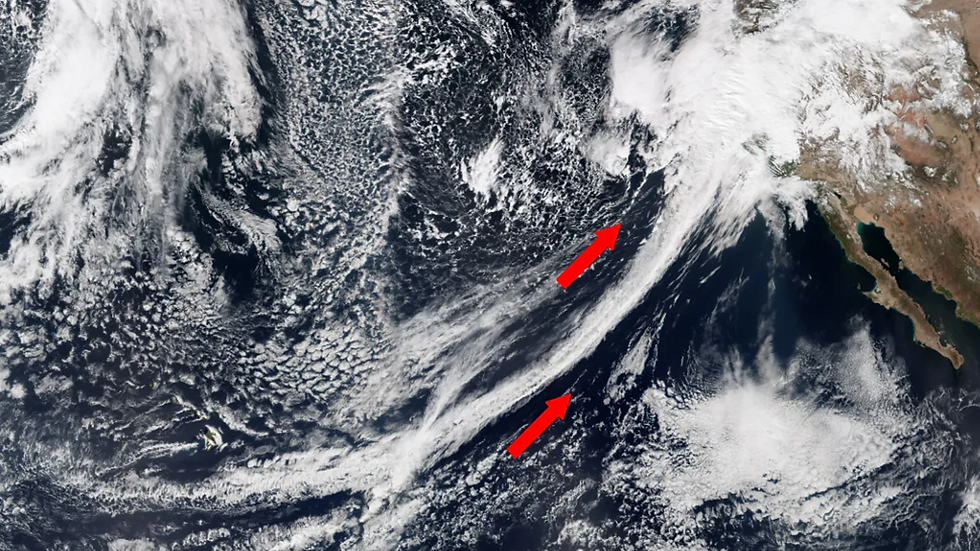A New Solution to California's Drought
- The Biophilia Effect
- Jul 21, 2021
- 3 min read
By Asha Kannan
California is still in a drought, but what can we do on an individual level to conserve water? In America, nearly 40 million acres of land contain lawns, and 30-60% of urban fresh water is used to maintain these spaces. However, instead of wasting all this water on preserving a green rectangle in front of your house, think about replacing your lawn with a rain garden, which is effective and aesthetic.
A rain garden is a native plant bed that collects, filters, absorbs, and recycles rainwater. To maximize water efficiency, rain gardens require a basin and drainage system. The basin consists of three watering zones, and the plants are placed according to the correct moisture levels. Plants closer to the center will get the most water since that is where the water drains, whereas plants on the outer rim will get the least amount of water. To ensure water retention within the basin, many rain gardens will utilize a natural or artificial slope to regulate water flow in the system. The slope also works with the drainage system, which allows water to enter and exit the bed so that the plants don’t drown. Some more complex systems may also involve a diversion of gutter water or the recycling of greywater. Since the garden reuses water within the system, it can serve as a practical mechanism for combatting California droughts.
Constructing your own rain garden is relatively easy, and requires very few tools, although cost can vary depending on the complexity of your garden (usually for self-installed gardens it will cost about $3-$5 per square foot). There are 6 simple steps to follow:
Select an ideal spot. This should be close to the building (but not too close) so that water runoff can be captured from the gutters of your roof. The garden itself should be about 100-300 square feet, and the space should receive at least partial sunlight during the day.
Prepare the garden site. Around the area you’ve chosen, remove all of the grass or other plants and dig the basin. The depth should be about 4-8 inches, to allow the garden to filter 1 inch of water at a time.
Guide your gutter system. Usually, the water from your gutter system will run from the roof into the downspout and eventually into the storm drain. Instead of wasting all this water, guide the gutter pipe to allow the downspout to filter water into your rain garden. You can easily do this by digging a shallow trench that starts at the gutter and ends at the rain garden, and inserting a rigid plumbing pipe (covering this with soil will keep the pipe hidden).
Pick your plants. Rain gardens work best if native plants are selected. If you’re in California, these native plants are typically drought-tolerant perennials that are low-maintenance. Examples include Black-eyed Susans, Cardinal flowers, and Palm Sedge grass.
Use the right soil and mulch. Usually, sandy soil drains more easily, whereas clay soils take longer. A good medium would be 30% sandy, 40% loamy topsoil, and 30% compost. Using a 2-3 inch layer of mulch will also help to retain moisture and will prevent weeds.
Maintain! Try to use low-maintenance plants to limit future work. However, regular maintenance will still be necessary, which might include weeding and pruning, and limited watering during the first year of establishment. Adding more soil, mulch, and rocks will help keep the water from overflowing outside of the basin.
If these steps seem like a lot of work for you, think about this: rain gardens allow nearly 30% more water to soak into the ground, and about 33 million Californians use groundwater as their main source of fresh water.
Another note: you may be concerned about water just sitting in the garden: won’t that attract mosquitos? Don’t worry. Since the rain garden drains water (which can take up to 12-48 hours), mosquitos and other bugs are discouraged from breeding there. Rain gardens also improve water quality by filtering toxins and pollutants, preserve native ecosystems, provide a local flood control system, and attract native pollinators (like birds, bees, and butterflies!).
If you’re still unconvinced, you can always shave a few minutes off your shower every day. The EPA estimates that standard showerheads use about 2.5 gallons of water per minute. So your 20-minute shower is actually wasting 50 gallons of water, and you’re really wasting over 300 gallons of water per week. The EPA also claims that the biggest change comes from a 5-minute shower. You might be better off just constructing your rain garden; make a change in one afternoon.
Sources:
By Asha Kannan






Comments